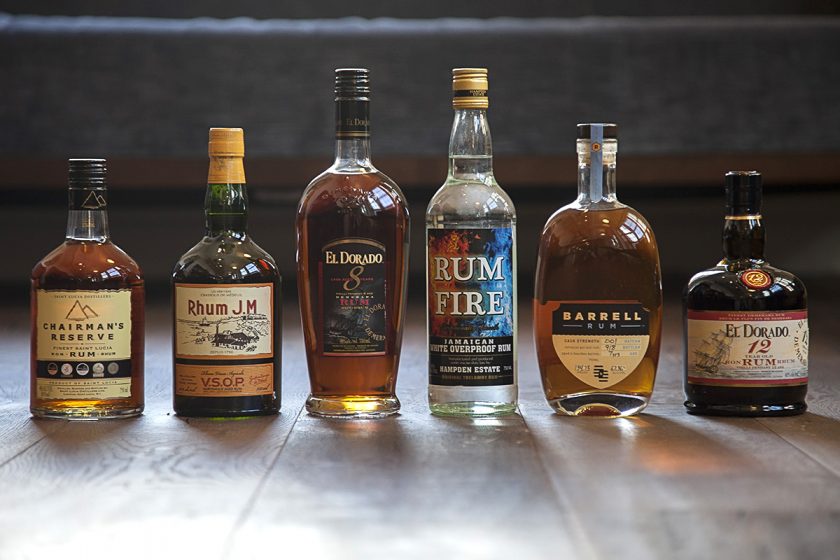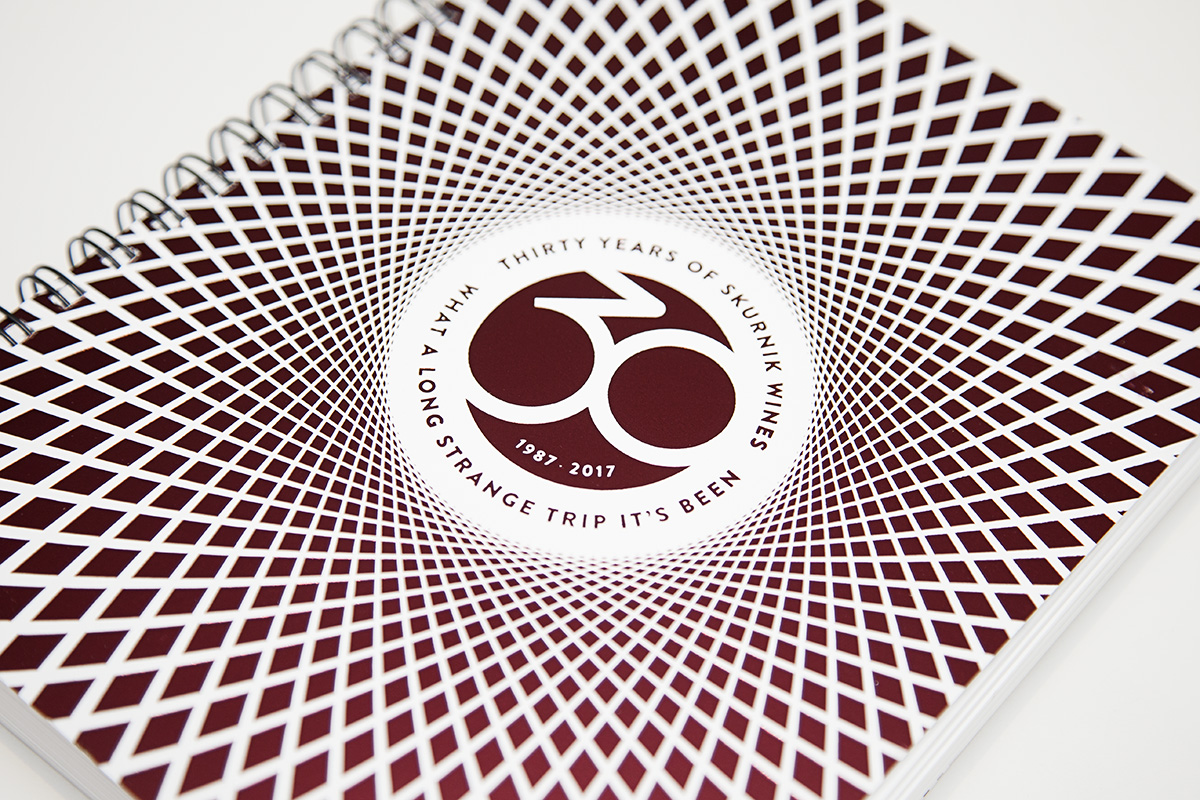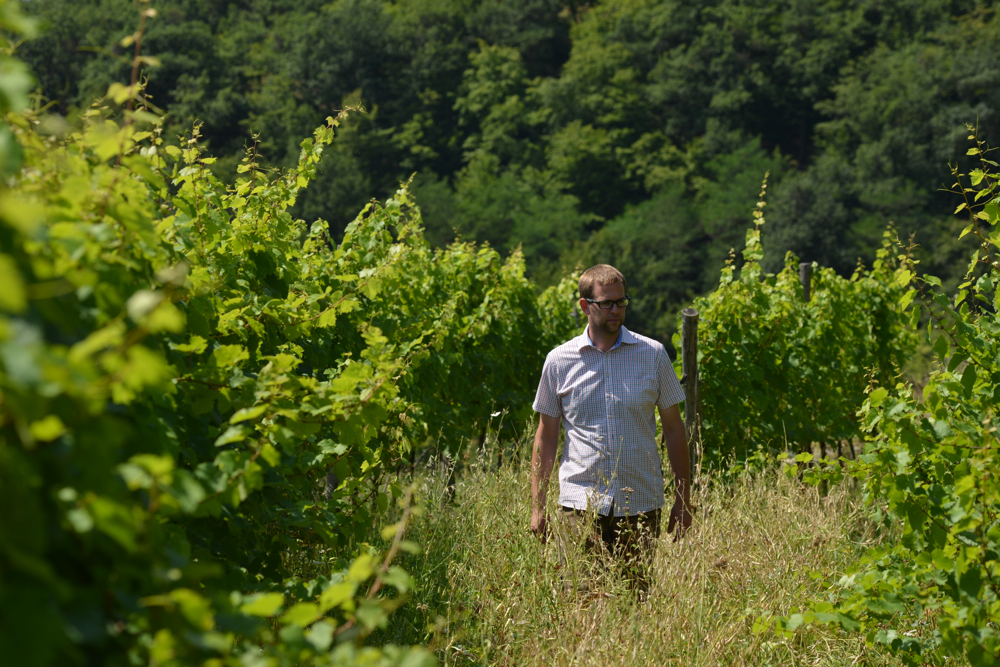Rum is as ancient as distillation itself. Most historians agree that, when humans first learned to refine fermented alcohol into a distilled spirit, the first booze we made was from the juice of sugarcane.
It makes sense. No natural sugar is so easily fermented as, well, sugar itself. When Alexander the Great came to the Indus Valley, he marveled at the “grass which gives us honey without bees” – and not long after, Middle Eastern chemists invented the first alembic pot still. Both the raw ingredient and the rudimentary technology traveled west and north with the Moors to Spain, but it wasn’t until Columbus brought cane to the Caribbean in 1493 that it truly found its voice.
The first sugarcane planted in the West Indies was in the Essequibo River valley, in present day Guyana (on the Northeastern corner of South America). As Europeans explored the New World, they brought it with them, planting it prolifically; soon after, refined sugar became a staple of Transatlantic trade. Plantations sprang up all along trade routes, as the European sweet tooth grew. But the process of refining sugarcane juice into sugar crystals was problematic.
To refine sugar, one must first boil the freshly pressed cane juice. A first boil yields cane syrup; the second and third, molasses – waste matter which drips down from between the sugar crystals as they separate. This waste still holds a lot of precious sugar, and there is an awful lot of it; but initially there were not enough uses for raw molasses to demand a secondary market.
Thank goodness for the still.
In the early 17th Century, resourceful sugarcane planters stumbled upon a way to turn profit on all this molasses they’d previously been struggling to properly dispose of. If molasses could be fermented (and it easily could – it would begin to ferment spontaneously into mauby, if you allowed it to), then it could be distilled. The sugarcane distillate was reborn, and with a punchy new name: kill-devil¸ also known as rumbullion – abbreviated simply to rum. Soon, every plantation of note was also a minor distiller, and rum drifted about the Caribbean like so many sailors (who diligently put themselves to work at consuming it, too).
Caribbean rum can most easily be understood by considering the colonizing force which controlled the place where it was produced. The British, renowned to this day for their penchant for indulgence, led the charge; most of the earliest rum distillers were on British colonies, from Barbados to Jamaica to Guyana’s Demerara River. Their molasses-based, pot-distilled rums were rich and deep, with weight in the mouth and funk on the nose. Their love of the sauce extended so far as to include rationing it daily to the Royal Navy – a practice they continued all the way until 1970. Most popular among the fleets were pungent rums from the tiny island of Jamaica, and decadent Demerara rums from Guyana.
Within the Skurnik portfolio, we are privileged to present brilliant examples of both styles today.
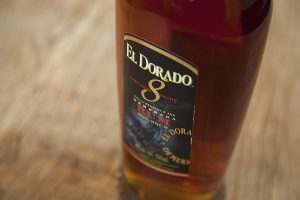
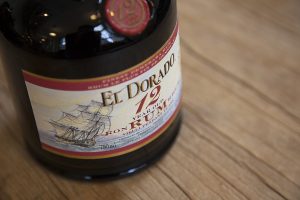 Demerara rum is now all but extinct. At its peak (and the British empire’s peak) near the turn of the 18th Century, there were around 300 plantation distilleries scattered across Guyana; today, there remains but one. Demerara Distillers Limited, or DDL, has been making rum (in one form or another) since 1670, and to this day they produce their flagship brand, El Dorado Demerara Rum, using four of the oldest operating stills in the world. Even wilder, three of these stills (get this) are made from wood. Each of El Dorado’s different aged expressions is produced using a blend of rums from those historic stills, and each still itself carries a distinct signature style and flavor. The 12 Year Old blend, for example, is predominantly made on the Edward Henry Porter (EHP) still, named for the British plantation where it was previously housed, and which is the oldest operating example of an original Coffey still… plus, again, the thing is made of wood. Crazy. The 8 Year Old blend, meanwhile, is produced using a wooden pot still, which is currently the oldest operating still in the Western Hemisphere (since 1732). The 12 Year Old, then, is rich, textured and full of maple-molasses weight, while the 8 Year Old is a bit rough hewn and sinewy, with a pot-distilled rum’s characteristic funk (or hogo).
Demerara rum is now all but extinct. At its peak (and the British empire’s peak) near the turn of the 18th Century, there were around 300 plantation distilleries scattered across Guyana; today, there remains but one. Demerara Distillers Limited, or DDL, has been making rum (in one form or another) since 1670, and to this day they produce their flagship brand, El Dorado Demerara Rum, using four of the oldest operating stills in the world. Even wilder, three of these stills (get this) are made from wood. Each of El Dorado’s different aged expressions is produced using a blend of rums from those historic stills, and each still itself carries a distinct signature style and flavor. The 12 Year Old blend, for example, is predominantly made on the Edward Henry Porter (EHP) still, named for the British plantation where it was previously housed, and which is the oldest operating example of an original Coffey still… plus, again, the thing is made of wood. Crazy. The 8 Year Old blend, meanwhile, is produced using a wooden pot still, which is currently the oldest operating still in the Western Hemisphere (since 1732). The 12 Year Old, then, is rich, textured and full of maple-molasses weight, while the 8 Year Old is a bit rough hewn and sinewy, with a pot-distilled rum’s characteristic funk (or hogo).
Most British and Spanish Caribbean rum these days has really toned down that bold, fruity pot-still sweat; many brands have opted instead to make their rums as lean and innocuous as possible. You can probably think of a few right now. But in Jamaica, early British style kill-devil is still being made – monstrous beauties that pulse with flavor of overripe banana and guava nectar. The really old school stuff is delicious, and tends to be between 114 and 138-proof.
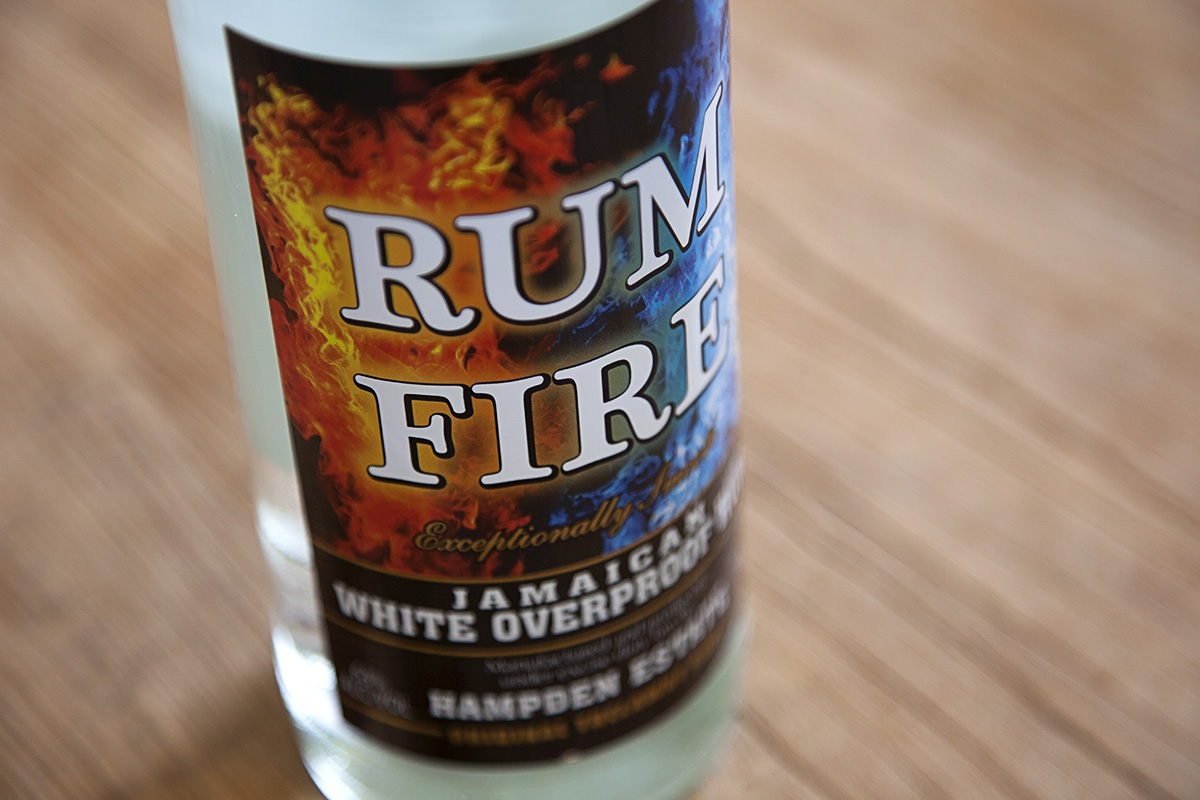 Long a cult item among the rum cognoscenti, the Hampden Estate makes mind-boggling Rum Fire – a 126-degree overproof which perfectly exemplifies traditional Jamaican rum. (It also just arrived in the Skurnik stable.) Centuries old, the Estate’s stills are equally historic, yet moving rapidly towards zero-carbon footprint emission. Notably, they ferment their molasses in a method based on early plantation “dunder” – much like an eccentric sour mash – and the rum they yield has easily the highest ester you’ll ever allow yourself to sip. The funk must be experienced to be understood.
Long a cult item among the rum cognoscenti, the Hampden Estate makes mind-boggling Rum Fire – a 126-degree overproof which perfectly exemplifies traditional Jamaican rum. (It also just arrived in the Skurnik stable.) Centuries old, the Estate’s stills are equally historic, yet moving rapidly towards zero-carbon footprint emission. Notably, they ferment their molasses in a method based on early plantation “dunder” – much like an eccentric sour mash – and the rum they yield has easily the highest ester you’ll ever allow yourself to sip. The funk must be experienced to be understood.
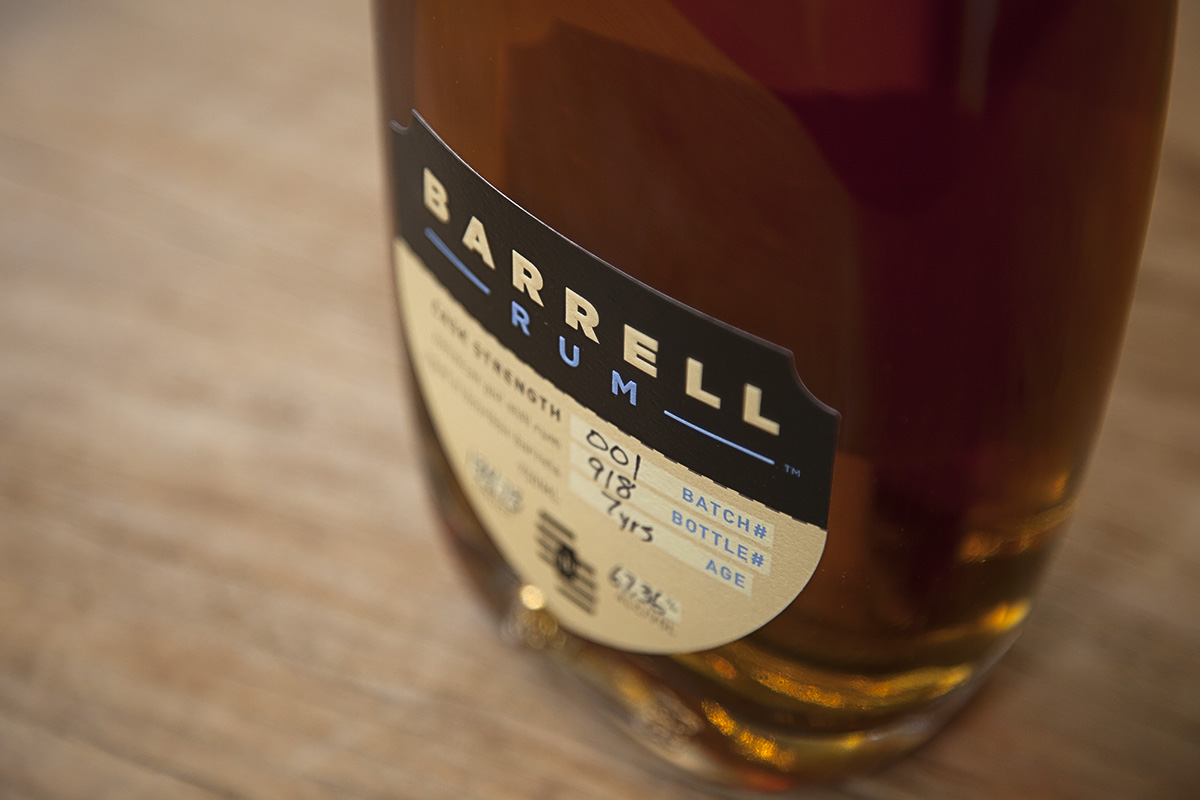 And if you dig that, we also strongly recommend you get your hands on a bottle of the soon-to-be-legendary, rapidly disappearing Barrell Rum #001. A limited private expression of pot-distilled Jamaican juice, this fiery rum was aged seven years in Kentucky before being released to our hungry hands; bottled at cask strength, a little water opens up a palate like grilling fruit on the beach after a storm, with a conspicuously high ester content that leaves little doubt how and where this rum was made. If ever we wanted to convince a scotch drinker that they also loved rum, this would be our strongest case.
And if you dig that, we also strongly recommend you get your hands on a bottle of the soon-to-be-legendary, rapidly disappearing Barrell Rum #001. A limited private expression of pot-distilled Jamaican juice, this fiery rum was aged seven years in Kentucky before being released to our hungry hands; bottled at cask strength, a little water opens up a palate like grilling fruit on the beach after a storm, with a conspicuously high ester content that leaves little doubt how and where this rum was made. If ever we wanted to convince a scotch drinker that they also loved rum, this would be our strongest case.
As much as rum was being produced and consumed heavily in the Colonial Caribbean, it was also the first spirit of choice throughout North America back in its day. Before the American Revolution, it was consumed and eventually produced all over the Northeast, using molasses from all around the West Indies. Barrels of rum floated up from the islands to the Continental Colonies; but Caribbean rum remained far superior to the stuff being attempted in New England.
The American Revolution was, in part, a response to higher taxes levied on the import of molasses for distillation, most of all from the French islands; after the end of New England distillation, and the rise of sugar beet production back in France, the plantations on Martinique, Guadeloupe, Haiti and other French islands developed a new idiosyncratic style of Caribbean rum all their own. If the southern appellations in France could produce terroir-expressive distillates (Armagnac) from the otherwise disregarded grapes of Gascony using a single distillation on a rustic column still, then what could be accomplished using the high sugar yield produce of French Caribbean agriculture? Sugar cane itself could produce a similarly unique, terroir-expressive spirit by fermenting and distilling the cane juice directly. And so Rhum Agricole was born.
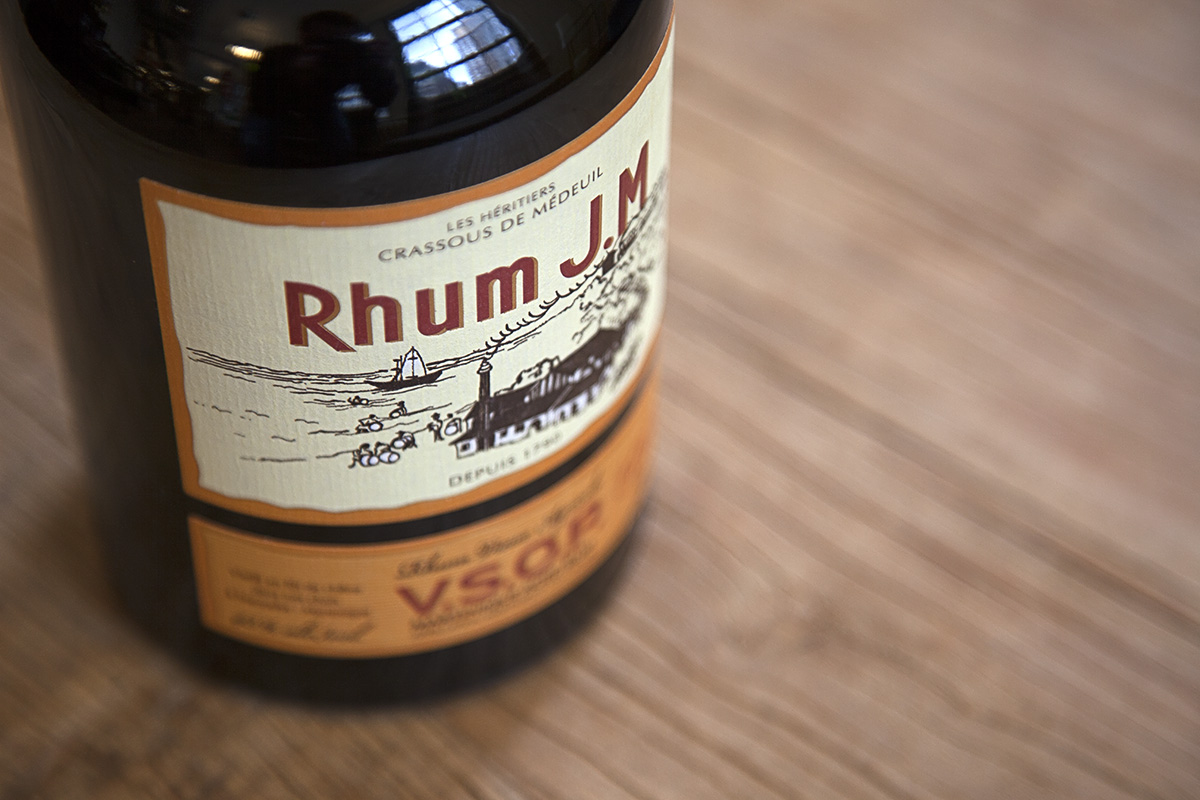 When you see “RHUM” spelled the French way on a bottle’s label, it’s a safe bet the juice inside was produced in this historic manner. Produced with the fresh cane juice rather than by-product molasses, Rhum Agricole tends to be green, grassy and fresh – higher in both ester and acid, but full of unique character dependent on the specific soil and conditions of its growing estate. The bright, lively rhums from Rhum J.M signify the estate’s home on the northern, coastal, volcanic slopes of Martinique. The cane is clear and crisp, with an acidity that reminds us how high elevations and cool oceanic winds impact wines from Northern Europe.
When you see “RHUM” spelled the French way on a bottle’s label, it’s a safe bet the juice inside was produced in this historic manner. Produced with the fresh cane juice rather than by-product molasses, Rhum Agricole tends to be green, grassy and fresh – higher in both ester and acid, but full of unique character dependent on the specific soil and conditions of its growing estate. The bright, lively rhums from Rhum J.M signify the estate’s home on the northern, coastal, volcanic slopes of Martinique. The cane is clear and crisp, with an acidity that reminds us how high elevations and cool oceanic winds impact wines from Northern Europe.
By contrast, the sugarcane of Guadeloupe is grown further south, and at lower elevations – yielding a richer, thicker Agricole full of ripe fruit and plush body. Green vegetation still presents itself on the nose, belying that raw ingredient, but the warmth of the island’s inland soil leaves a strong, tropical impression which cannot be ignored. Both are unique, unexpected and delicious!
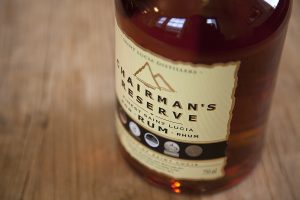 If these styles – molasses and fresh cane juice – are the baselines of Caribbean rum, then it’s important to also note where they intersect. When plantation distillers first began to ferment their molasses for distillation, they would also throw in any juice of the sugarcane which had begun to naturally ferment on its own. Waste not, want not! This addition of a small amount of fresh cane alongside the weight of molasses in a distillate gave plantation rums a distinctive extra funk – generally lost in today’s world of sourced molasses and contained fermentation. On some islands, however, the taste is being revived and even perfected. St Lucia Distillers produce the marvelous Chairman’s Reserve predominantly using sourced molasses, gathered from the Demerara river basin in Guyana (sound familiar?) distilled on a mixture of column and pot stills. But – and here’s where it gets wild – they add a small percentage of estate-grown St Lucia sugarcane to their fermentation, mimicking the history of island rum’s origins, which brings a little hint of extra green notes to the final product. St Lucia rum is a mind-bending blend of rich depth and bright, fresh funk that probably tastes closer to the Caribbean rum our ancestors were enjoying in their favorite punches than any of the highly processed column-still products American consumers have become accustomed to.
If these styles – molasses and fresh cane juice – are the baselines of Caribbean rum, then it’s important to also note where they intersect. When plantation distillers first began to ferment their molasses for distillation, they would also throw in any juice of the sugarcane which had begun to naturally ferment on its own. Waste not, want not! This addition of a small amount of fresh cane alongside the weight of molasses in a distillate gave plantation rums a distinctive extra funk – generally lost in today’s world of sourced molasses and contained fermentation. On some islands, however, the taste is being revived and even perfected. St Lucia Distillers produce the marvelous Chairman’s Reserve predominantly using sourced molasses, gathered from the Demerara river basin in Guyana (sound familiar?) distilled on a mixture of column and pot stills. But – and here’s where it gets wild – they add a small percentage of estate-grown St Lucia sugarcane to their fermentation, mimicking the history of island rum’s origins, which brings a little hint of extra green notes to the final product. St Lucia rum is a mind-bending blend of rich depth and bright, fresh funk that probably tastes closer to the Caribbean rum our ancestors were enjoying in their favorite punches than any of the highly processed column-still products American consumers have become accustomed to.
If there is one lesson all these Caribbean cultures and their boozy bottlings have to offer us, it is simply this: rather than trying to reign in the party, rather than trying to quiet the calypso, rather than trying to calm this tropical tipple down, rum and all its eccentricities should be celebrated with verve that equals its intensity. Let rum be rum! We buy a spiritual ticket to the Caribbean, every time we buy a bottle – come with us, take the ride.




